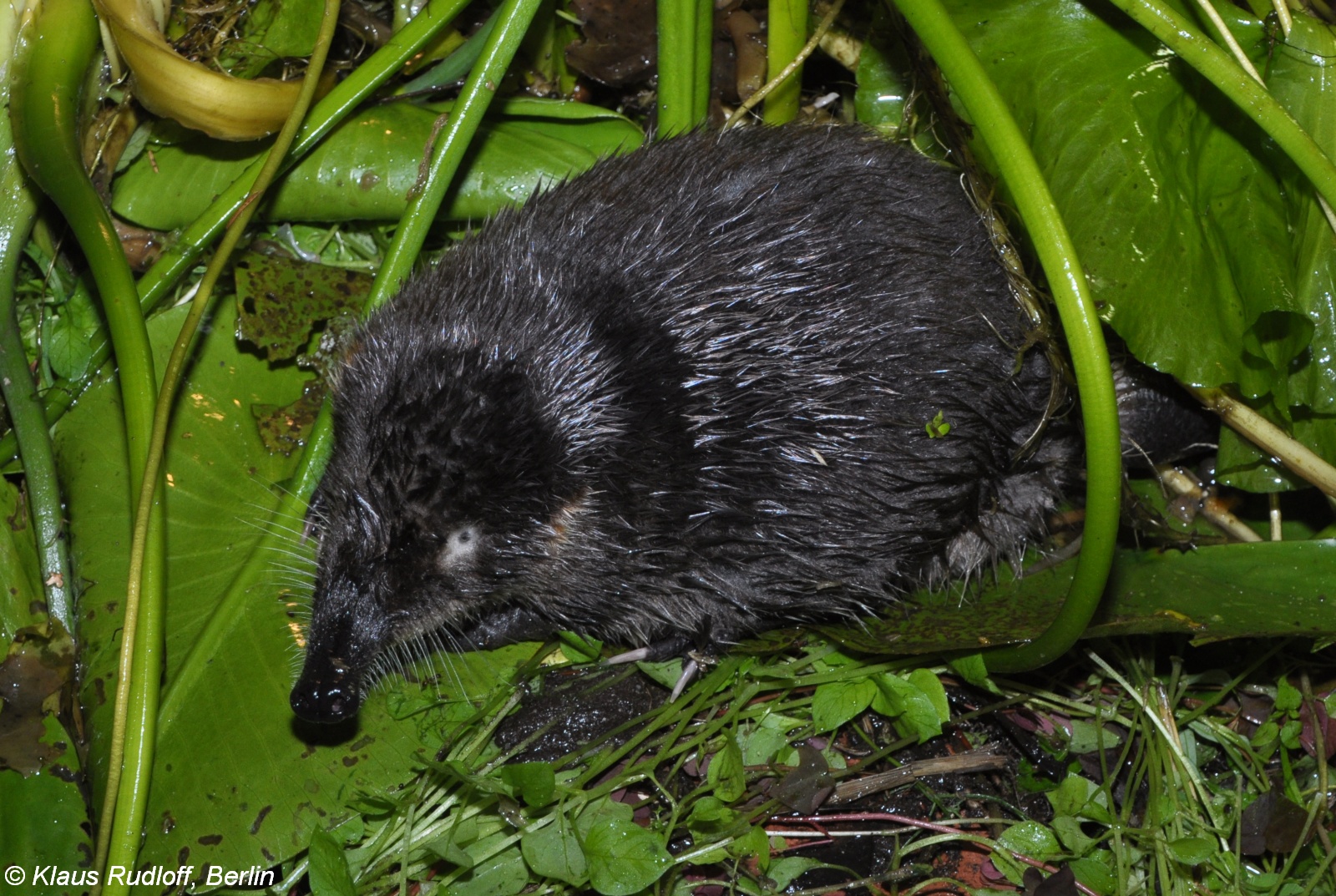This riparian species was uplisted from Vulnerable to Endangered in 2017, and is likely to be moved again to Critically Endangered, once we have confirmed the latest data. The Russian Desman (Desmana moschata) has a fragmented distribution. Surveys in Russia indicate that the population declined from 27,120 in 2001 to 13,320 in surveys from 2009-2013, which is a 51% reduction. Area of occupancy and habitat quality are also thought to be declining, and the species faces a number of serious ongoing threats including bycatch, habitat loss and degradation, water pollution, and competition from introduced species (IUCN Red List 2017).
Key Species Champion
How this species is doing
Pressure
The main threat to the Russian Desman at present is the widespread use of fixed fishing nets. These nets, which are used by poachers, have become increasingly cheap and widely available in recent years. The very low price and high durability of modern nets means that poachers often leave them in the water for days or even months, checking them only occasionally and often abandoning them. A Desman dies on average within 5-10 minutes when trapped in a net. Secondly, the use of ‘electric landing nets’ (or electric rods), which use an electric current to stun fish continue to threaten this species. These items of equipment, also used by poachers, have become widespread over the last 10-15 years. They are not believed to directly harm Desmans, as a general rule, but they almost totally wipe out the fish and aquatic invertebrates that the Desman depends upon. Habitat loss and degradation is also recognised as a major threat. During the second half of the twentieth century water pollution, creation of impoundments, drainage, clearance of riparian vegetation, and uncontrolled agricultural exploitation of flood plains became widespread and contributed to the decline in the species’ population. However, this process has abated somewhat in the last decade, and its influence on the decline in the Russian Desman population is today secondary. Competition for breeding sites with introduced Nutria (Myocastor coypus) and Muskrats (Ondatra zibethicus) may also be a threat.
Responses
The Desman is listed in the Russian Red Data Book (under category 2: declining in number rare relict species). It is protected in the buffer zone of Okskiy, Voronezhskiy, Kaluzhskie Zaseki Zapovednik, and Ugra National Parks and several small protected areas. This species has been the subject of re-introduction attempts. Recently, conservationists tried to reintroduce it to the Desna basin, in the area of Bryanskiy Les Zapodnenik. The Biodiversity Conservation Centre has started a public campaign against nylon nets and electro-fishing.
Conservation measures recommended to stabilize and improve the condition of the Russian Desman throughout its range include the following:
Conservation measures recommended to stabilize and improve the condition of the Russian Desman throughout its range include the following:
- Banning the unrestricted sale of nets and net-making materials;
- Developing a system of measures to combat electric landing nets; and
- Setting up specialized hunting reserves in the desman’s key areas of habitation.
Knowledge level
A riparian species, it is found in holes primarily along oxbow lakes, less frequently by rivers and ponds. It does not inhabit all water bodies within its range; it has quite strict habitat requirements and prefers water bodies with rich water-marsh vegetation, bushes and primary forests along the banks. Prefers lakes with 1-2 m depth with rich invertebrate fauna. Also found in small rivers with slow flow. In favourable years it is able to reproduce during the whole year, but usually has two reproduction peaks at the end of spring and autumn. Males participate in care of young. Omnivorous, recorded feeding on at least 72 species of water invertebrates and 30 plant species, as well as fish and amphibians.







